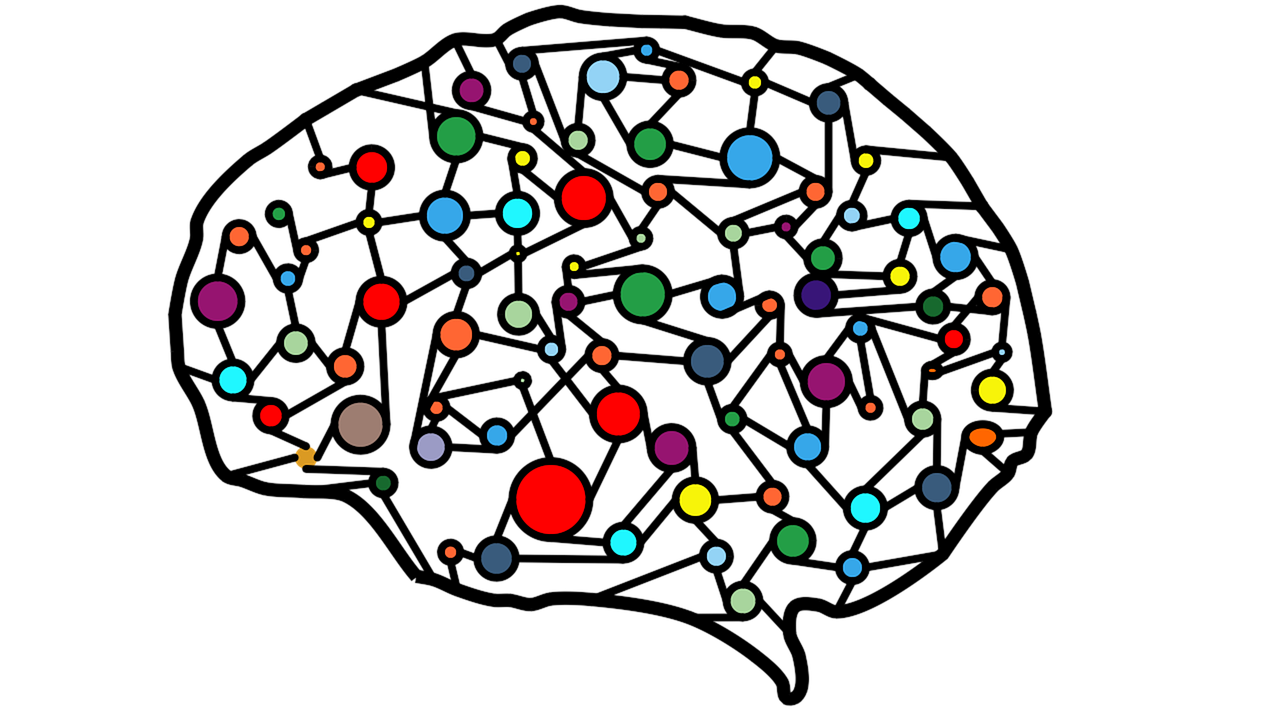I’ve been obsessed with deep learning since I took the wonderful UQx course on Deep learning through Transformative Pedagogy course on edx. As I read about how the brain works and how we learn, the more it became clear to me how lesson time ought to be spent in the classroom to maximize and of course, deepen learning.

Studying the material on this course helped me gain a new appreciation and understanding of our language learners’ brain processes as they take in new grammar, vocabulary, pronunciation, create new linguistic frameworks in their minds alongside the L1 constructs that preexist. Keeping aside students’ personal motivation to learn English, as teachers, there is plenty we can do in class to create an atmosphere where deep learning can occur. Here are just five ways – none of them new to the world of language learning – but hopefully this post will make the connection between these teaching strategies and deep learning:
- Student-centeredness: There is good research-based evidence to show that student-centeredness has a deep impact on the way students learn. Rather than students being the receivers of knowledge, as in traditional, teacher-directed classrooms, they become the creators of knowledge in modern student-centered ESL classrooms. Learners are allowed to ‘play to learn’ – manipulating blocks of language to build their own knowledge systems.
A good example of such an activity would be to ask students to use newly-introduced vocabulary to create and perform a role play, using the new lexis in meaningful sentences to convey meaning as they would in a real-world. Such an activity also promotes the 4Cs: critical thinking, creativity, communication and collaboration. - Active learning: When learners are active, when they are engaged and their affective filter is low, optimum learning occurs. Optimum learning is deep learning, learning which does not occur in a vacuum. Instead, new knowledge is committed to long-term memory. How can you promote active learning in your lessons though? Here is a long list of little things teachers can do to promote active learning.
- Neuroplasticity: Deep learning occurs when the brain begins to change its response to new stimuli, when the gap between reception of a foreign language, understanding and response becomes nearly automatic. New neurons are created in the learners’ brain and new connections made. Isn’t that amazing!
Neuroplasticity isn’t necessarily a common term in the ESL world – at least I haven’t come across it in my reading. But that’s probably because language teachers know what helps develop neuroplasticity. Think about it… we have to focus on reception, understanding, response. That’s basically input, checking meaning, output. The more opportunities students have to produce, produce, produce language, the deeper their learning. When training teachers, I advise them to squish the input of their lesson to less than 20 percent of lesson time, so there is plenty of time to go through the process of controlled practice, feedback, semi-controlled practice, feedback, freer practice, feedback, and finally, free practice.
Don’t forget that feedback – it is for learners to receive feedback to tweak the language they are producing during practice stages.
- Flipped learning: One of the things most language teachers are already familiar with is activating schemata. When students enter our classrooms, still reeling from the work meetings they had during the day, or savoring lunch and conversations with friends a few minutes ago, or as in the case of kids, still grumpy from the gloopy porridge they were forced to eat for breakfast, we (their language teachers) center their learning brains and ease them into discussing the topic of the day by activating schemata.
We help our learners connect the topic to their lives, their prior knowledge, and lay the groundwork for their brains to develop neuroplasticity (see above!). Flipped learning takes this several steps further by bridging the gap between content and class, creating self-directed students, activating schemata before the lesson and ultimately, deepening learning. - Fun: And last, but by no means the least, we can help students learn deeply and retain learned language for longer by creating a no-pressure, lowered affective filter environment of fun. Deep learning only occurs when the brain is not in a fight-flight-or-freeze state, i.e. there is no fear of or backwash from an upcoming examination, the classroom atmosphere is relaxed, respectful and inclusive, and learning occurs for the sake of learning.
Do you think there are any teaching strategies I should add to this list? Anything that I’ve missed out on? Let me know in the comments below.